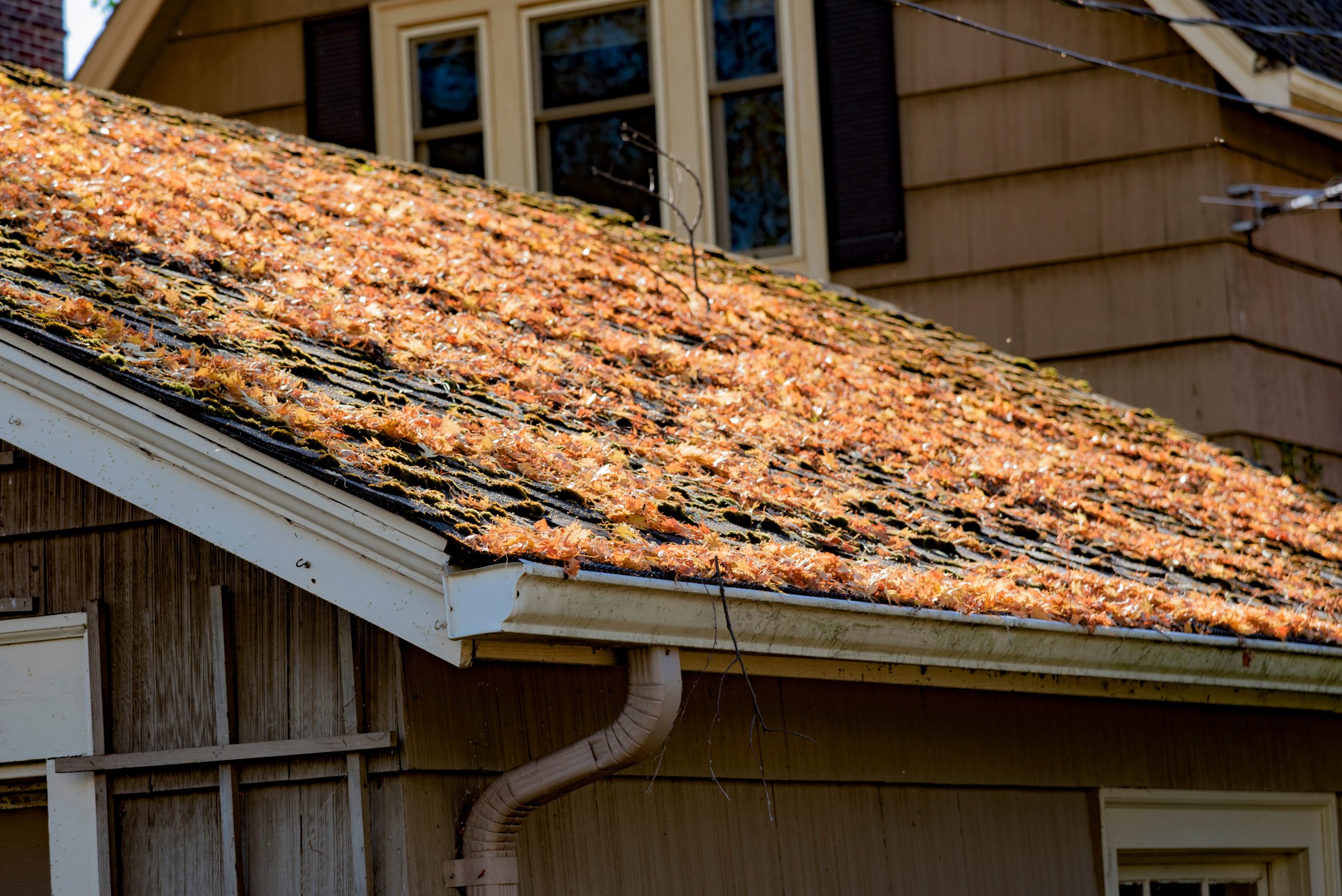Maintaining clean and functional gutters is essential for protecting your home from water damage. Gutters play a crucial role in directing rainwater away from your roof, walls, and foundation. However, when they become clogged with leaves, debris, or other obstructions, they can cause significant problems. Here are expert tips and tricks to prevent gutter clogs and ensure your gutter system works efficiently year round.
Importance of Preventing Gutter Clogs
Clogged gutters can lead to a variety of issues, including:
- Water Damage: Overflowing gutters can cause water to seep into your roof, walls, and foundation, leading to costly repairs and structural damage.
- Pest Infestations: Stagnant water in clogged gutters creates a breeding ground for mosquitoes and attracts other pests, such as rodents and insects.
- Mold and Mildew: Excess moisture from clogged gutters can promote the growth of mold and mildew, which can affect your home’s air quality and pose health risks.
- Landscape Damage: Water spilling over clogged gutters can erode soil, damage plants, and create unsightly mud splashes on your home’s exterior.
To avoid these problems, follow these expert tips and tricks for preventing gutter clogs.
- Regular Cleaning
Regular cleaning is the most effective way to prevent gutter clogs. Experts recommend cleaning your gutters at least twice a year, typically in the spring and fall. However, if you have many trees near your home, more frequent cleaning may be necessary.
How to Clean Gutters:
- Safety First: Use a sturdy ladder and wear gloves to protect your hands from debris and sharp edges.
- Remove Debris: Use a small garden trowel or gutter scoop to remove leaves, twigs, and other debris from the gutters.
- Flush with Water: After removing the bulk of the debris, use a garden hose to flush out the gutters and downspouts. This helps ensure that any remaining small particles are washed away and that the water flows freely.
- Install Gutter Guards
Gutter guards are a great investment to reduce the frequency of gutter cleaning and prevent clogs. There are various types of gutter guards available, including mesh screens, foam inserts, and reverse curve systems.
Benefits of Gutter Guards:
- Reduced Maintenance: Gutter guards minimize the amount of debris that enters your gutters, reducing the need for frequent cleaning.
- Improved Water Flow: By keeping debris out, gutter guards ensure that water flows freely through the gutters and downspouts, preventing overflow and water damage.
- Extended Gutter Life: By reducing clogs and the accumulation of debris, gutter guards can help extend the lifespan of your gutter system.
- Trim Overhanging Branches
Trees with overhanging branches can drop leaves, twigs, and other debris directly into your gutters. Regularly trimming these branches can significantly reduce the amount of debris that ends up in your gutters.
Tips for Trimming Trees:
- Safety First: If the branches are high or near power lines, consider hiring a professional tree service to trim them safely.
- Regular Maintenance: Trim trees annually or as needed to keep branches away from your roof and gutters.
- Disposal: Properly dispose of trimmed branches and debris to prevent them from accumulating around your home.
- Check for Proper Slope and Alignment
Gutters should have a slight slope towards the downspouts to ensure proper water flow. Over time, gutters can become misaligned or develop sagging sections, which can lead to water pooling and clogs.
How to Check Slope and Alignment:
- Use a Level: Place a level along the edge of your gutters to check for proper slope. Gutters should slope 1/4 inch for every 10 feet towards the downspout.
- Adjust as Needed: If you find sections of your gutters that are not properly sloped, adjust the hangers or brackets to correct the alignment.
- Inspect for Damage: While checking the slope, inspect the gutters for any signs of damage, such as cracks, holes, or rust. Repair or replace damaged sections as needed.
- Regular Inspections
Conduct regular inspections of your gutter system to catch and address potential issues before they become major problems. Look for signs of clogs, such as water overflowing during rain, and inspect for damage or wear.
Inspection Tips:
- After Storms: Inspect your gutters after major storms to ensure they are clear of debris and functioning properly.
- Seasonal Checks: In addition to regular cleanings, perform seasonal checks to keep your gutters in top shape.
Conclusion
Preventing gutter clogs is essential for maintaining your home’s structural integrity and avoiding costly water damage. By following these expert tips and tricks, you can keep your gutters clean and functional year-round. Regular cleaning, installing gutter guards, trimming overhanging branches, checking for proper slope and alignment, and conducting regular inspections will help ensure your gutter system works efficiently, protecting your home from potential damage.

